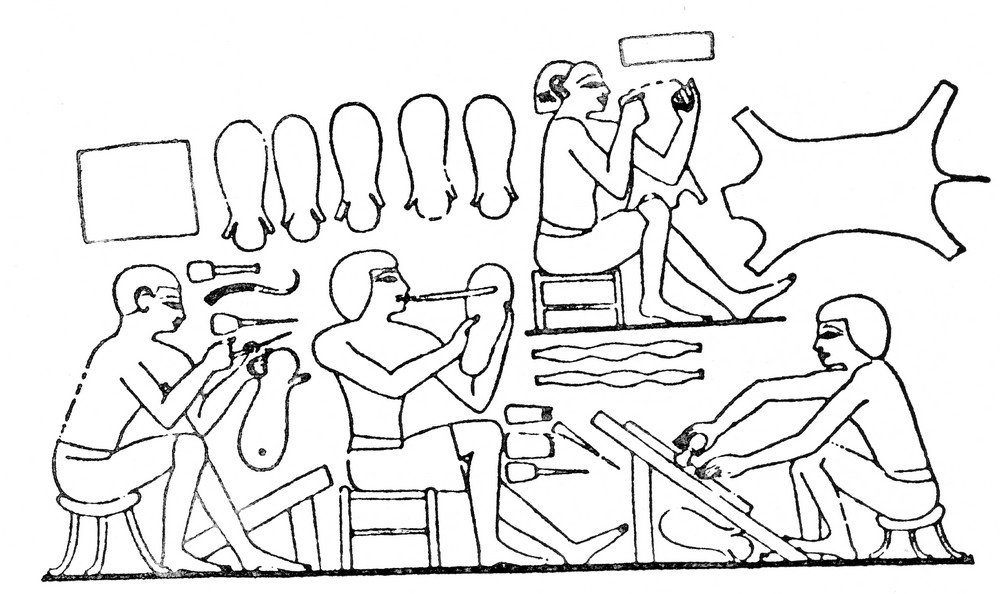The archaeological site in Schöningen (Lower Saxony) has already brought back various evidence from the Lower Paleolithic over the years: spears, arrows, sticks. More recently, researchers have focused on some bear remains: they date back 320,000 years and are particularly interesting because they carry engraving traces.
They are evidence, quite rare for that time, that hominids in northern Europe also hunted and skinned bears in order to protect themselves from the cold. Leather features in human history.
Leather has long been in the history of man, and the study of leatherworking methods shows the evolution of traditional methods through to the modern processing methods used today. This is why the discovery in Spain of a hip bone of a large mammal (horse or bison) used for punching hides has aroused some excitement: it dates back 39,600 years and testifies to the method of stitching leather clothing.
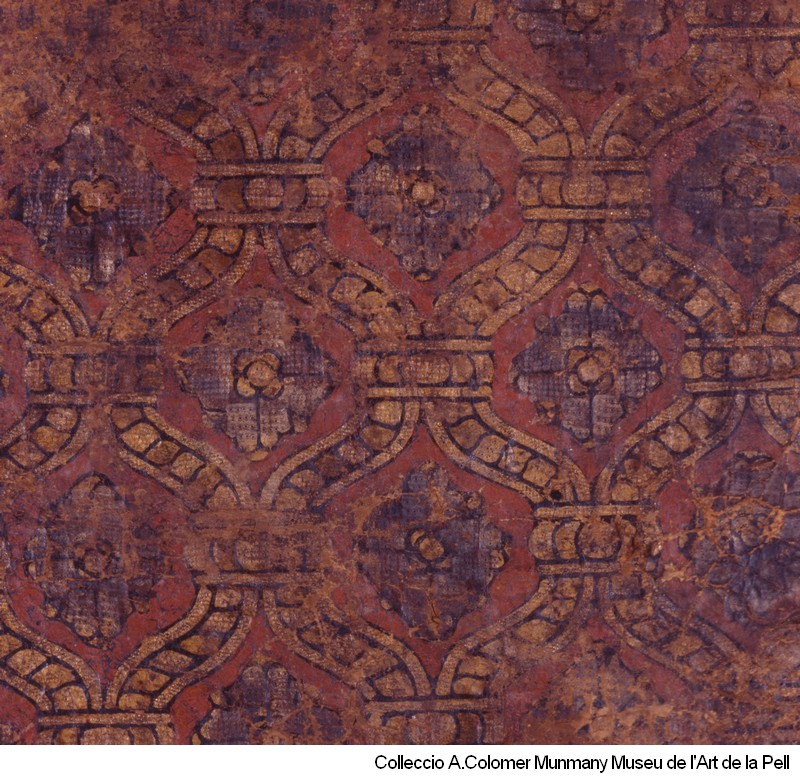
Leather is a noble and versatile material: there is no civilization that has not made great use of it. But leather is a biological material, as is well known, and therefore certain artifacts have been allowed to reach us only by accident. Certainly, monumental or artistic applications have been preserved and retained, such as Renaissance corami.
But so many everyday objects have been lost. When some of them are found, because the item happened to be in a sufficiently arid or oxygen-deprived environment for it not to come undone, it opens incredible windows into past eras. One cannot remain indifferent to the 3,500-year-old Egyptian footwear, or the fourth-century A.D. Viking sandal that ended up who knows how on a Norwegian peak to the two-millennia-old British toy.
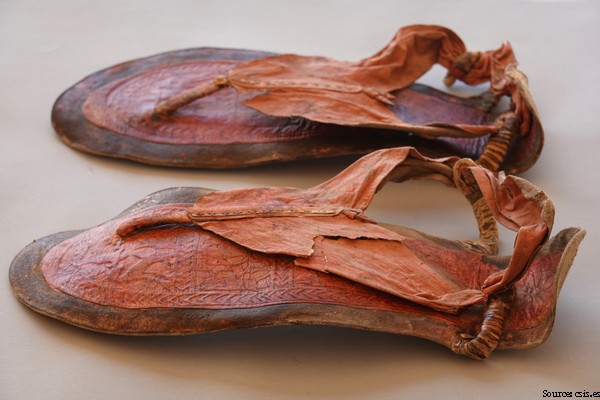
Leather manufacturing over the centuries has shaped the territories. Each town had its own production sites and its own typicality, in a pattern of development that harmonized urban design and sense of community. UNIC-Italian Tanneries took charge of the restoration of a tannery in Pompeii, a location as unique as the archaeological excavation that hosts it.
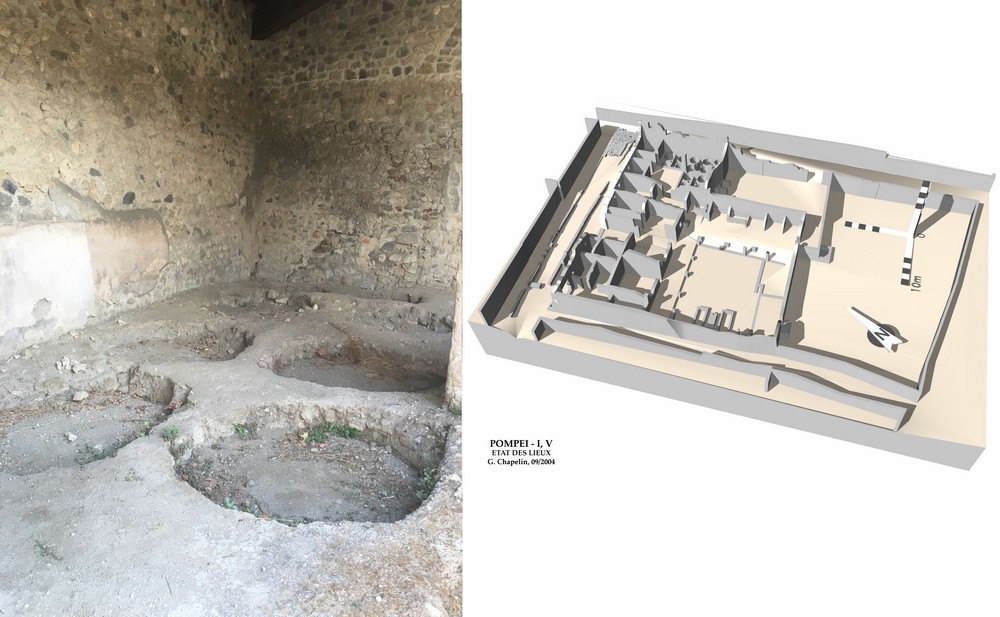
Similar connections between cities and tanneries can be found all over the world and cut across eras. Some evidence suggests that from the 18th century onward Belfast grew up around leather laboratories, in Guadalcanal (Spain) an open-air museum has been set up so that recently discovered medieval tanneries can be visited, and in Milan, a city with many waterways that lent itself well to leather-working activities, vestiges of the classical and late antique periods are being studied and celebrated, again with the support of UNIC.
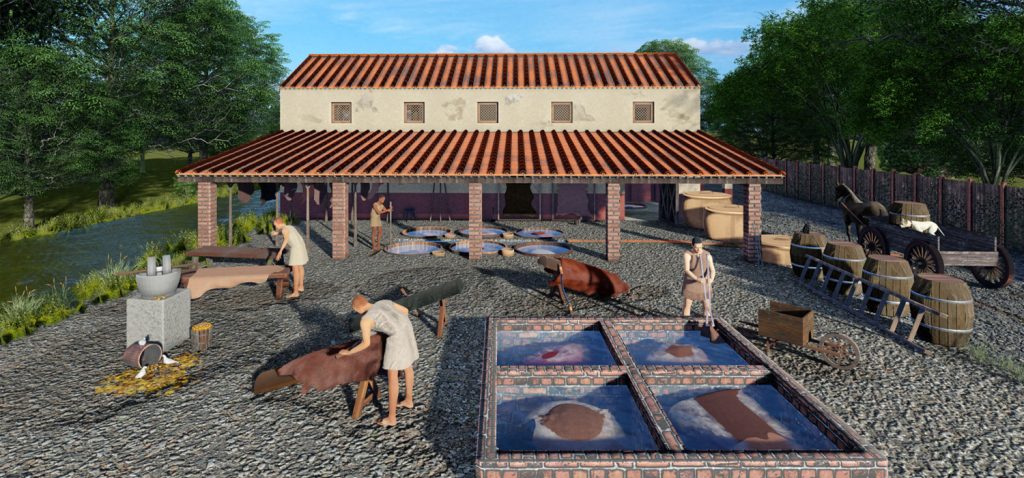
Leather is so much a part of human history that, sometimes, we also come across curious coincidences. It happens, to take one example, that Hermès opens a new atelier in France, where archaeological studies show that hunter-gatherers were already working with animal dermis 13,000 years ago. But the relationship between leather and history is not only to be read in the past: it is also to the future. The next chapters are yet to be written.
Edited in July 2023 by
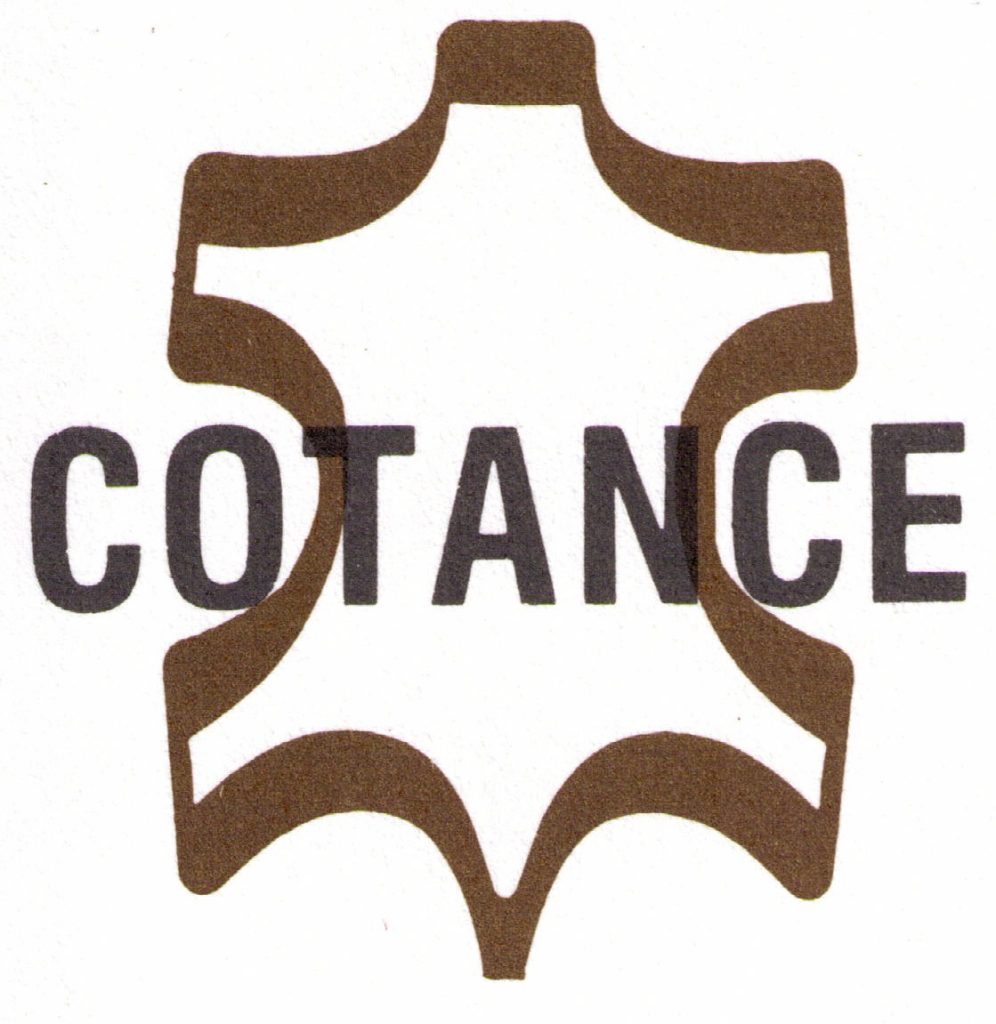
In colaboration with

